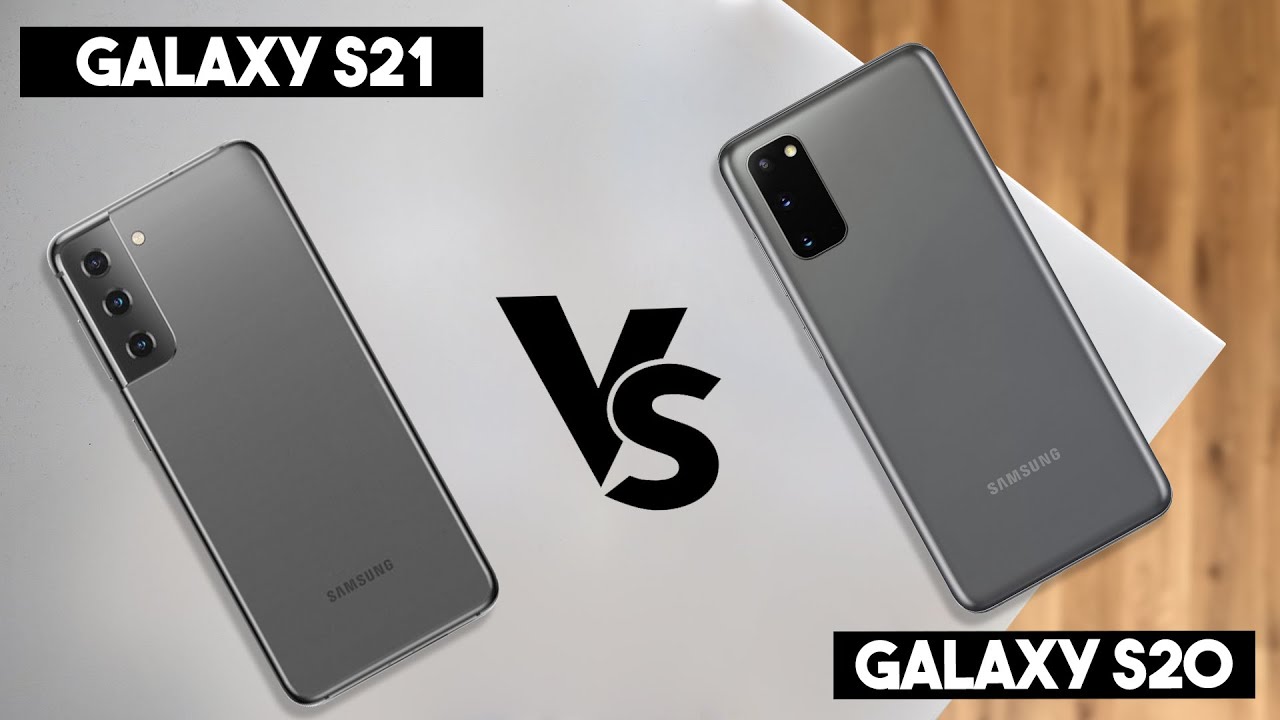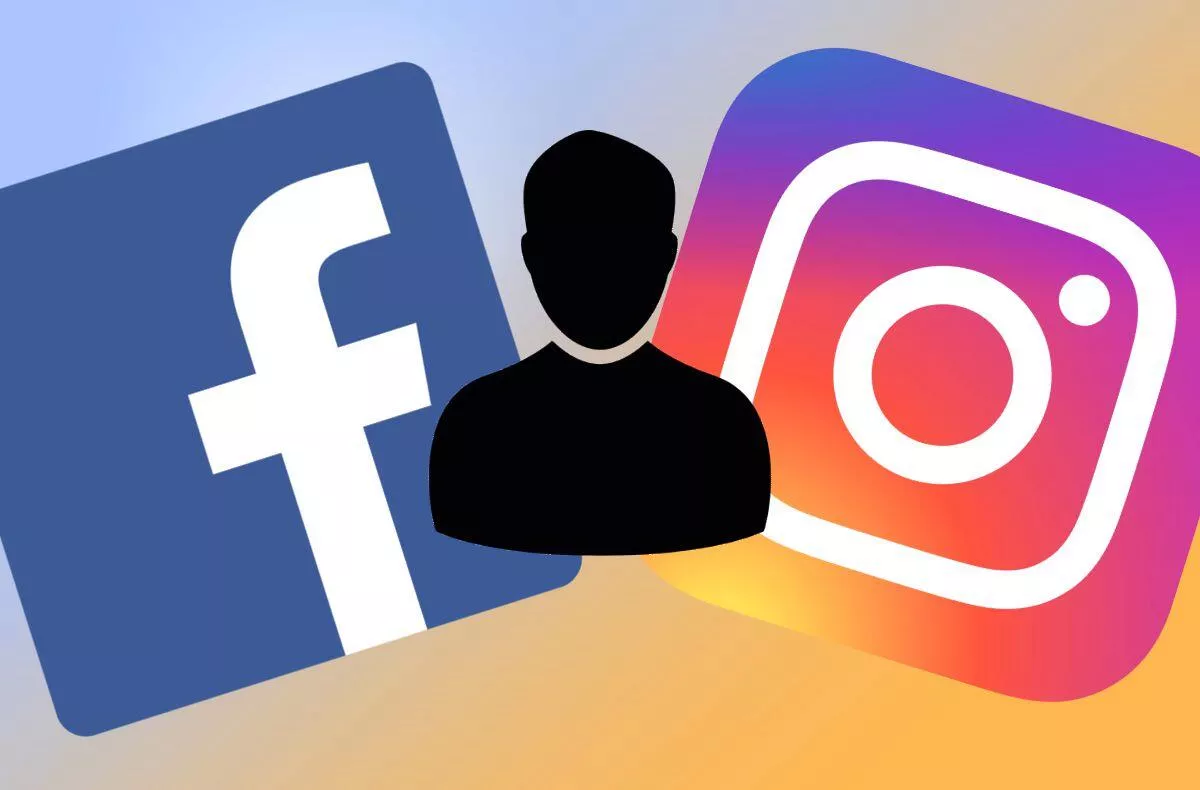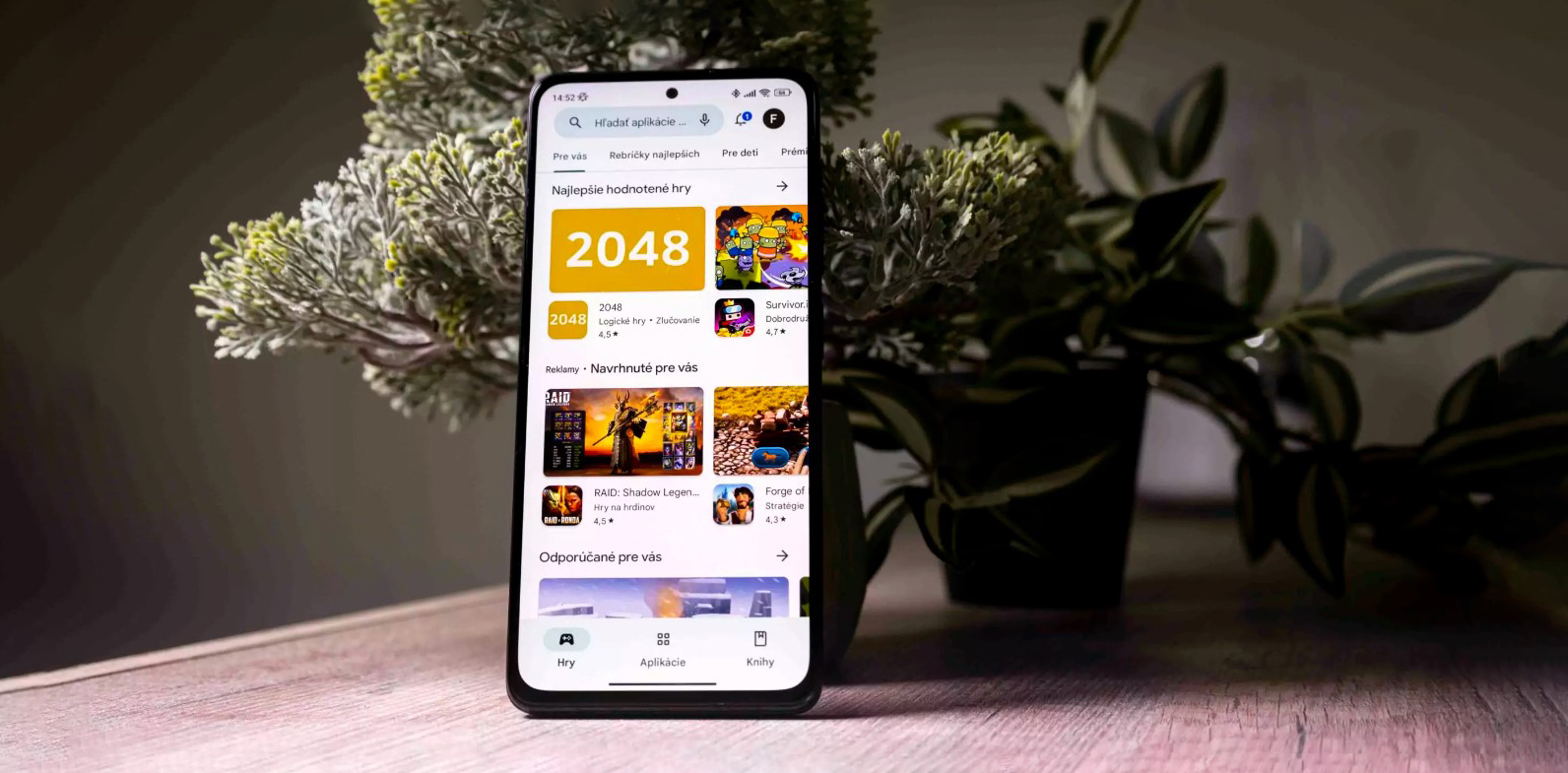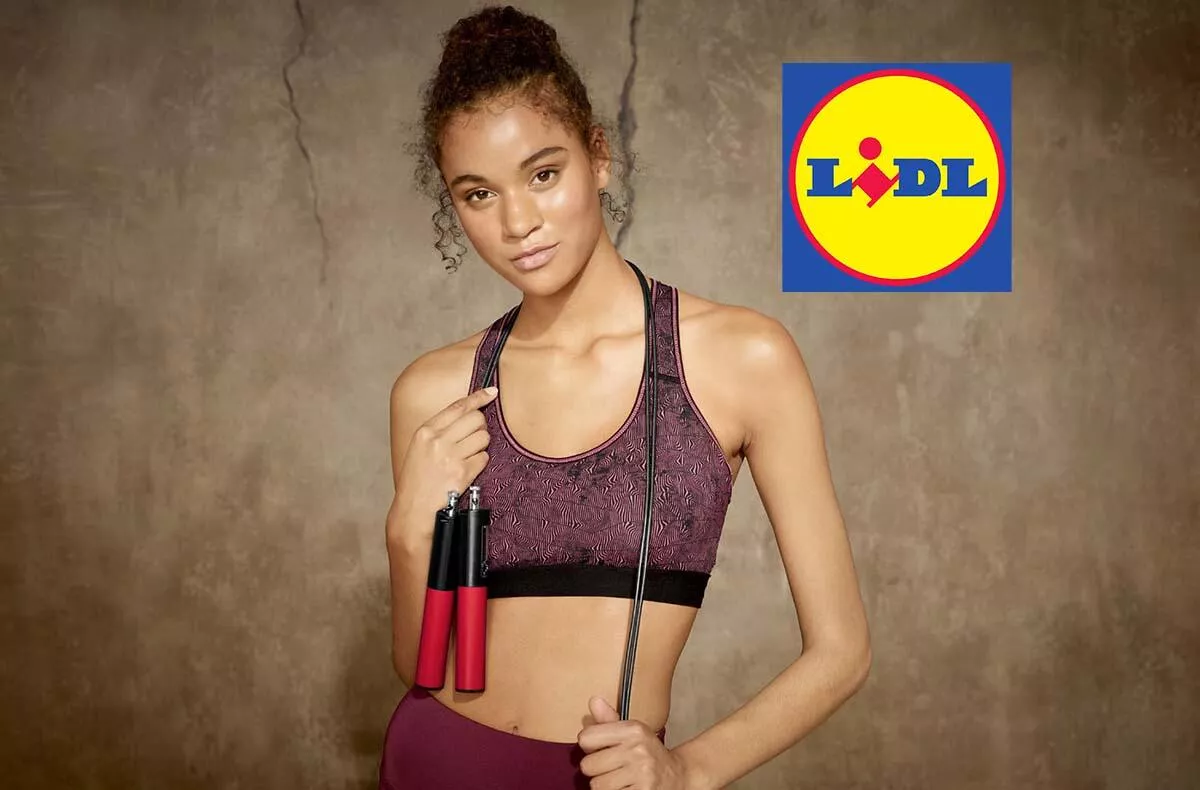Is switching to a new model worthwhile?
Flag smartphones series Samsung Galaxy S21 they have been a reality since yesterday. The biggest attraction for the customer is definitely the highest model Galaxy S21 Ultra with the support of the S-pen, but also the two lower models are worth attention. In today’s article, we will compare the basic model Samsung Galaxy S21 with his generation last year Samsung Galaxy S20.
Contents
- 1 Design and construction: Only the camera module has undergone a change in appearance
- 2 Display and multimedia: Lower display resolution and again without a 3.5 mm jack
- 3 Performance and memory: New Exynos 2100 and missing card slot
- 4 Cameras: No change from the previous generation
- 5 Connectivity, system and battery: No change except 5G modem
- 6 Verdict: Minimum reasons for the transition from the previous generation
- 7 Parameter table:
Design and construction: Only the camera module has undergone a change in appearance
Samsung Galaxy S21 is again a smartphone with water resistance IP68 certification. Instead of toughened Gorilla Glass 6, however, it is covered by the latest Gorilla Glass Victus, which is much more resistant to falls. However, its back is plastic, similar to the Samsung Galaxy Note 20. The novelty is slightly wider and heavier than the previous generation. The design of the front has not fundamentally changed and the hole for the selfie camera is again in the middle of the upper part of the display.
The Dynamic AMOLED display is no longer as rounded as it was in the Galaxy S20. But the main difference is in the design of the camera module on the back. Again, it is located in the upper left corner, but its protruding part extends to the edges of the smartphone. The sensors make a greater optical appearance. The number of color variants has been reduced from five to four. The customer can choose from black, white, pink and purple.
Display and multimedia: Lower display resolution and again without a 3.5 mm jack
Samsung has decided to make a radical change in the display of the Galaxy S21 smartphone. Again, it is made with Dynamic AMOLED technology, has a diagonal of 6.2 inches, a refresh rate of 120 Hz, but its resolution has decreased. Instead of 3200 x 1440 pixels, it has the standard 2400 x 1080 pixels. For some, the reduced pixel density can be a major minus. On the other hand, a lower resolution can extend battery life.

As with the previous generation, the Galaxy S21 plays sound through high-quality AKG stereo speakers. Again, unfortunately, the 3.5 mm jack is missing, so the device owner must connect the headphones via either the USB-C connector or the Bluetooth interface. Quality sound is guaranteed by the support of 32-bit audio with a range of 384 kHz.
Performance and memory: New Exynos 2100 and missing card slot
The new 5nm Exynos 2100 chipset takes care of the performance of the novelty, which will provide 30% better than the predecessor Exynos 990 in the Galaxy S20. The graphical core of the games is to be ensured by the Mali-G78 graphics core. An integrated 5G modem is a matter of course. Last year, the Eynos 990 chipset in the Galaxy S20 had problems with overheating, lower performance and high power consumption, which should be a thing of the past with the Exynos 2100. The RAM again has only one size of 8 GB. The internal UFS 3.1 memory is no longer just 128 GB, but 256 GB is also available. The reason is unfortunately the absence of a micro SD slot.
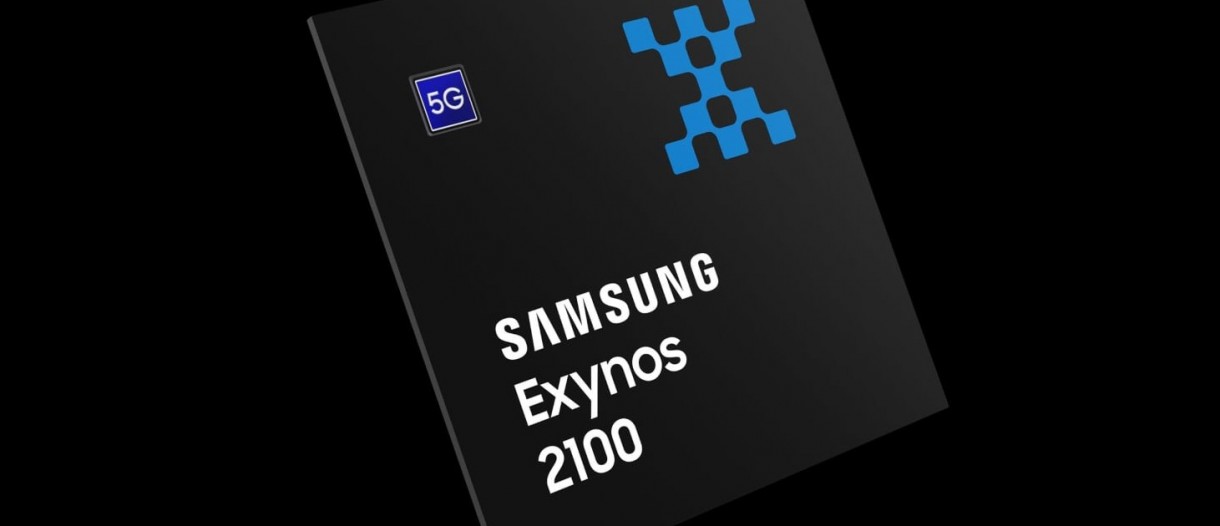
Cameras: No change from the previous generation
The rear and selfie cameras of the new Galaxy S21 are identical in their parameters to the previous generation Galaxy S20. Also this year, the main sensor of the rear camera is a 12-megapixel sensor with f / 1.8 brightness and optical stabilization. While the highest model Galaxy S20 Ultra has a telephoto sensor with a real 3x and also 10x optical zoom, the basic model must again use 3x hybrid zoom.
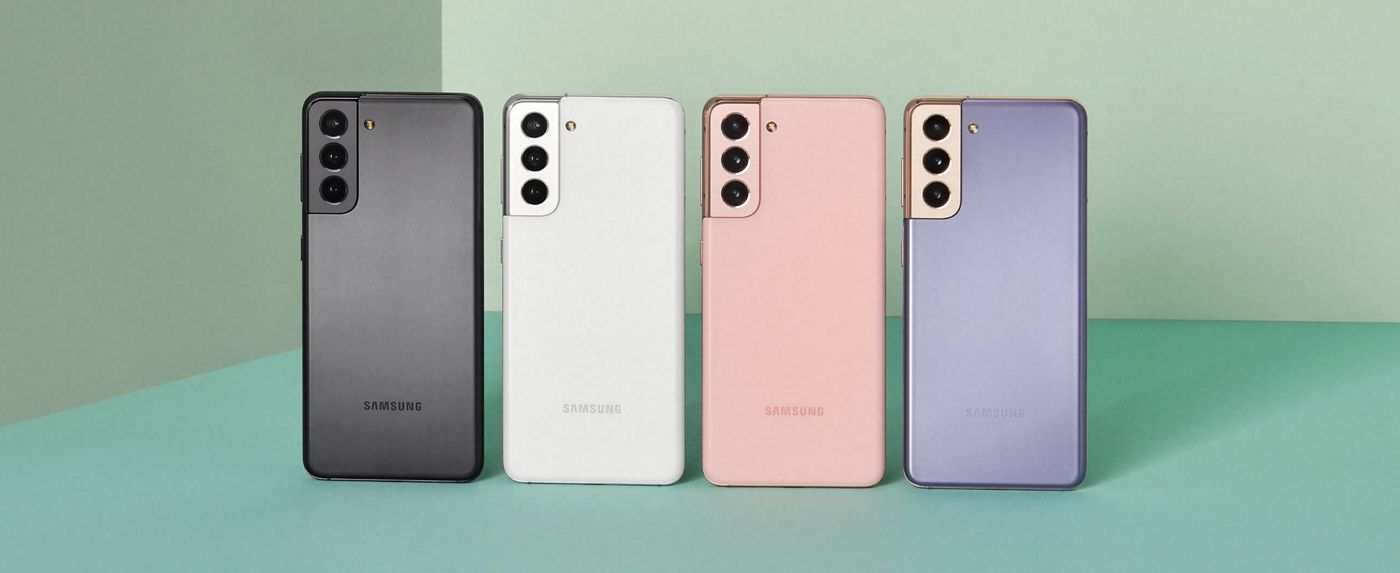
Basically, it’s just a matter of enlarging a 64-megapixel photo. Neither the 12-megapixel ultra-wide sensor nor the 10-megapixel selfie camera has changed. The maximum video resolution of the rear camera is again 8K at 24 fps and of the selfie camera 4K at 60 fps.
Connectivity, system and battery: No change except 5G modem
The only change in connectivity compared to the previous model is the integrated 5G modem in the Eynos 2100 chipset. Support for the 5th generation mobile network will therefore be available in all markets. For the last generation, the 5G-enabled version was sold only in select markets. The basic model is missing from the UWB technology offered by the higher model Galaxy S20 Ultra. The system is in the Android 11 version with the One UI 3.0 extension, which was already received by last year’s Galaxy S20 in a recent update. The battery capacity of 4000 mAh and its charging power of 25 W and 15 W in the case of wireless charging did not change either.
Verdict: Minimum reasons for the transition from the previous generation
Compared to last year’s model, the new Samsung Galaxy S21 brings slight changes in design, a more durable cover glass, a more powerful chipset, an integrated 5G modem and a higher memory variant. There have been no changes in terms of cameras, battery or charging speed. The downside is the lower display resolution and the absence of a micro SD slot. Unless the owner of last year’s Galaxy S20 requires 5G support, he has no practical reason to move to the next generation.
Parameter table:
| Samsung Galaxy S21 | Samsung Galaxy S20 | |
| Display | 6.2 inches, Dynamic AMOLED, 120 Hz, 2400 x 1080 pixels, 1300 nits | 6.2 inches, Dynamic AMOLED, 120 Hz, 3200 x 1440 pixels, 1300 nits |
| Chipset | Exynos 2100, 5nm | Exynos 990, 7nm |
| RAM | 8 GB | 8 GB |
| Internal memory | 128 GB/ 256 GB, UFS 3.1 | 128 GB, UFS 3.0, micro SDXC |
| Rear camera |
|
|
| Selfie camera | 10 MP, f/2.2, 26mm, 1/3.24″, 1.22µm, Dual Pixel PDAF | 10 MP, f/2.2, 26mm, 1/3.2″, 1.22µm, Dual Pixel PDAF |
| Connectivity | 5G, LTE, Bluetooth 5.0, Wi-Fi 6, NFC, GPS, USB-C | LTE, Bluetooth 5.0, Wi-Fi 6, NFC, GPS, USB-C |
| Battery | 4000 mAh, fast charging 25 W, wireless charging 15 W, reverse charging 4.5 W | 4000 mAh, fast charging 25 W, wireless charging 15 W, reverse charging 4.5 W |
| Dimensions | 151,7 x 71,2 x 7,9 milimetrov | 151,7 x 69,1 x 7,9 milimetrov |
| Weight | 169 grams | 163 grams |
Our tip
Fitbit already officially belongs to Google. Are users expecting any changes?
